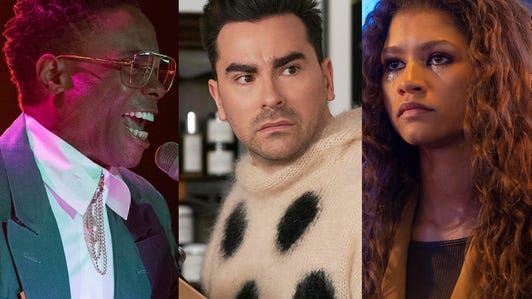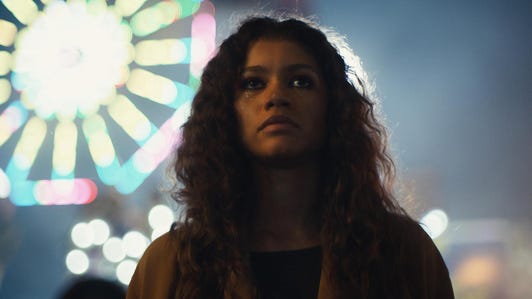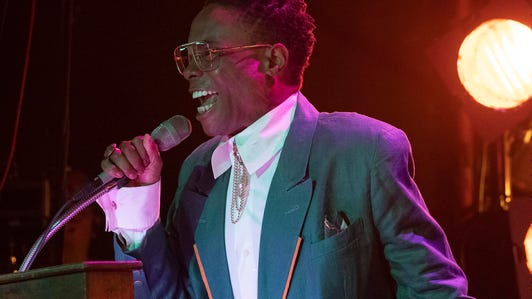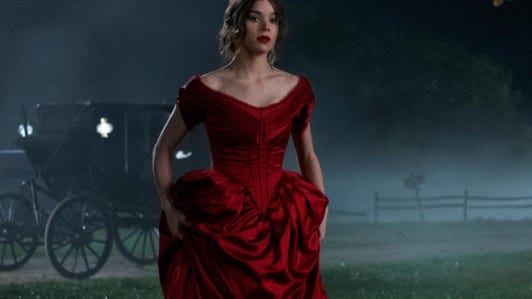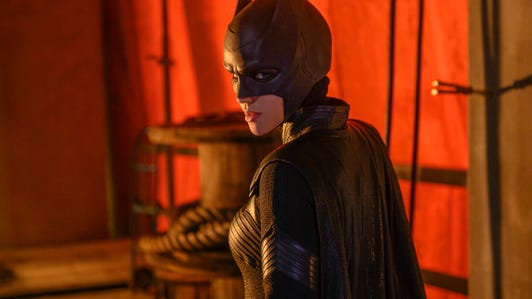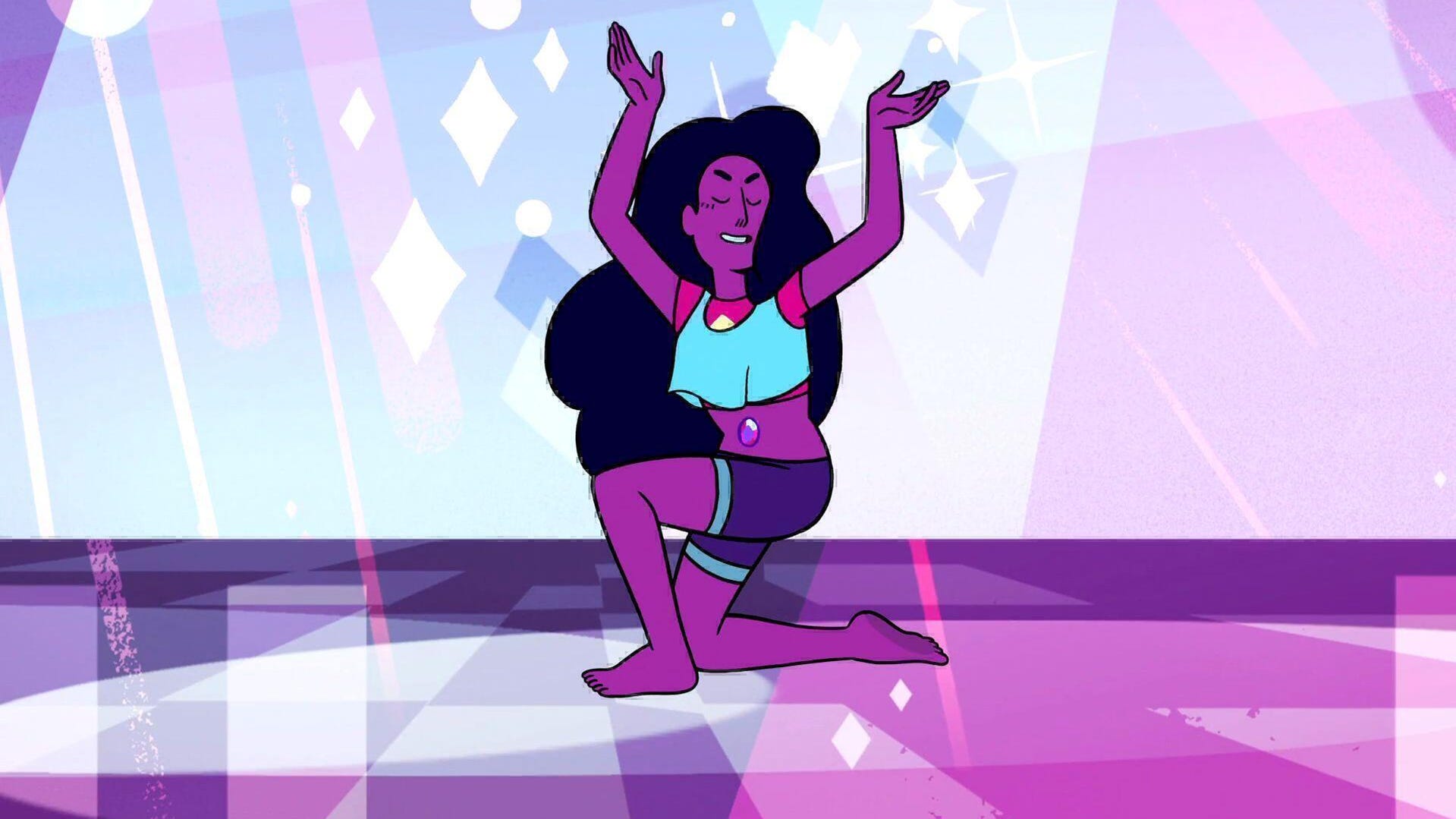
A Sentient Gemstone from Outer Space Is the Only Time I See Myself on TV
Steven Universe is teaching a whole generation about nonbinary identities, but Stevonnie comes their own set of problems.
About two decades ago, I caught a shadow of myself in the form of an ageless boy played by an already dead Broadway star. Mary Martin, playing the title character in the 1960 NBC telecast of Peter Pan, provided a stark contrast to the red-haired cherub in Disney's animated version. The cartoon Peter enforced a strict gender binary for his club, relegating Neverland women to caretakers and damsels. But Martin walked among the Lost Boys, knowing she belonged. When the children declared Peter the husband to Wendy's wife, I felt a strange longing. I wanted to be a lost boy, and yet I worried that if Peter came to my window at night, he'd relegate me to girlhood -- another surrogate mother instead of a playmate fully capable of adventure and daring.
A nonbinary lesbian growing up in an Evangelical Christian home, I didn't have the words to describe the discomfort I felt surrounding gender. I gravitated to tomboys and literal boys, clinging hardest to characters like Buttercup in Powerpuff Girls and Helga Pataki in Hey Arnold! Cartoons in the 1990s featured more girls than past decades, but they were relegated to expected, gendered notions of what women could be -- even the alt girls like Helga who yelled like a bodega boy but dressed in a pink romper. Those who were less feminine were antagonistic at best, and villainous at worst. Gay, bisexual, and transgender characters were absent entirely from the animated landscape, which is where most children learn patterns of behavior outside of family and school. It has the power to teach immense empathy for those different than you, but also has the power to other children in ways they can't parse until they're much older -- like I had to.
Though LGBT representation has improved in American animation, there are still few cartoon characters that represent any part of the community. The sparse inclusion (that's not overtly homophobic or transphobic) that does exist is almost exclusively relegated to cartoons aimed at adults. Some of the most visible and vicious representations of transgender people, such as South Park's Mr. Garrison, have been saved for trans women. When Brian on Family Guydiscovers he's slept with a trans woman, he vomits for almost a full 30 seconds. Lesbians, when they appear at all, are almost always portrayed as unattractive, predatory, or femmes performing for male attention. So when I first discovered Cartoon Network's Steven Universe, I felt a pang of jealousy. Here was an animated series that not only featured a plethora of women, but also showed women who displayed affection for each other. The show's characters aren't relegated to a set range of personality types. Gender expression is fluid; the categories "girl" and "boy" don't matter so much when the principal characters are largely genderless aliens who seem to universally adopt female pronouns. Finally, a children's show seemed willing to give LGBT kids -- specifically those of us who walk in between or around binaries -- a clearer picture of themselves, even if indirectly. Here was a show trying to fully capitalize on the power of it's platform and use it for good.
Indirect representation, however, continues to be the underlying theme to the progressive show. In 2015, Rebecca Sugar introduced a character that sparked immediate recognition among nonbinary audiences: Stevonnie. A tall, confident teenager with flowing hair and androgynous features, Stevonnie's debut ("Alone Together," S1E37) marked one of the first animated gender nonconforming characters in American television. They exist because of fusion, an alien act central to the show, that is essentially two characters coming together to form a new character. As the literal combination of main characters Steven Universe and Connie Maheswaran, Stevonnie is not a boy, nor a girl.
Many nonbinary viewers felt a natural, instant kinship with the character. But Stevonnie doesn't count as canon representation. Although creator Rebecca Sugar has said Stevonnie "challenges gender norms," she has never described Stevonnie as explicitly nonbinary, even when directly asked about the character's gender identity in a 2015 interview with io9. Even if Stevonnie were a canon nonbinary character, they would provide paltry representation at best. After their debut in the first season, Stevonnie doesn't receive another episode that centers around them until the third.
Stevonnie's existence is Sugar's way of exploring the growing pains that come with adolescence, and with navigating your first relationship with someone else. In fact, the act of fusion serves as a metaphor for relationships throughout the show. Garnet, a fusion gem made up of the characters Ruby and Sapphire, also comes close to a nonbinary identity because she chooses to retain her fused form at all times. Still, Garnet is more directly a metaphor for a happy, stable lesbian partnership. "You are an experience," Garnet told Stevonnie shortly after Steven and Connie first fused. "Make sure it's a good one."
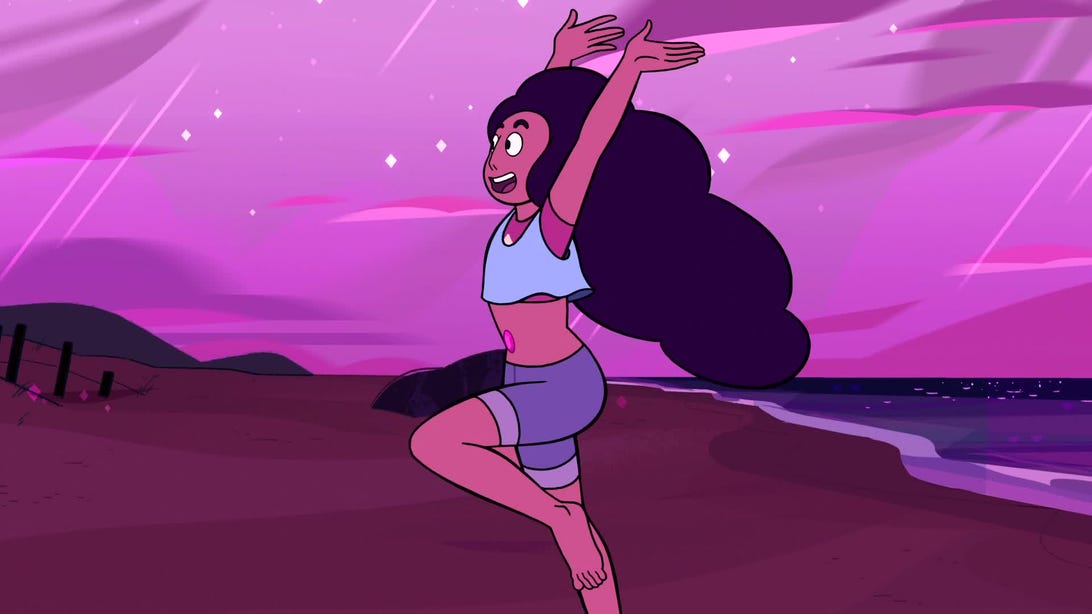
Metaphorical representation can serve as a potent tool in literature and on TV, giving marginalized people a glimpse of themselves, even tangentially. But there's more power in naming phenomenons, particular to children who use pop culture as molds from which to shape themselves, in speaking directly to the truth behind the symbolism. By creating a race that universally presents as humanoid women, Sugar has indirectly shown lesbian and bisexual children that girls can love each other, fully and completely. And yet the first few seasons of the show don't name these characters as LGBT; Sugar doesn't include human characters that form relationships with people of the same gender, instead relegating those relationships to literal aliens. Likewise, Stevonnie is a character created through magic; if Steven wasn't a half-gem, then Stevonnie literally couldn't exist. Creators are quick to include straight and cisgender characters that are fully human, but nonbinary characters are still confined to interpretation and fantasy.
Steven and Connie's fusion may be a metaphor for a relationship, but it could almost represent the process of coming out to yourself. When Connie and Steven first fuse, the experience is confusing, yet exhilarating. They struggle to know where Connie's mind ends and Steven's mind begins. They fumble for words to describe themselves. The bewildering experience is not unlike the complex feelings I would experience as a child when I stumbled upon characters that expressed disquiet at the idea of being a girl, or of settling down with a boy. In middle school, when I befriended a tomboy high school girl, I balked when I heard her describe her attraction to girls. My upbringing had taught me such relationships were sinful. And yet I also couldn't help but listen. A small part of me knew I was like her, even if I couldn't put it in words. If Steven Universe had existed when I was a child, I likely would have felt a tenuous affinity with Stevonnie, as well.
Stevonnie's coming out metaphor is incomplete, however. The joy they feel as a fusion is fleeting, and subject to the treatment they receive from the people around them. In Stevonnie's debut, Steven and Connie ultimately decide that being fused makes them feel unsafe. They are together, but they can't look at each other. They don't know how to deal with the misogynistic treatment they're receiving at a rave they choose to attend. So, they separate.
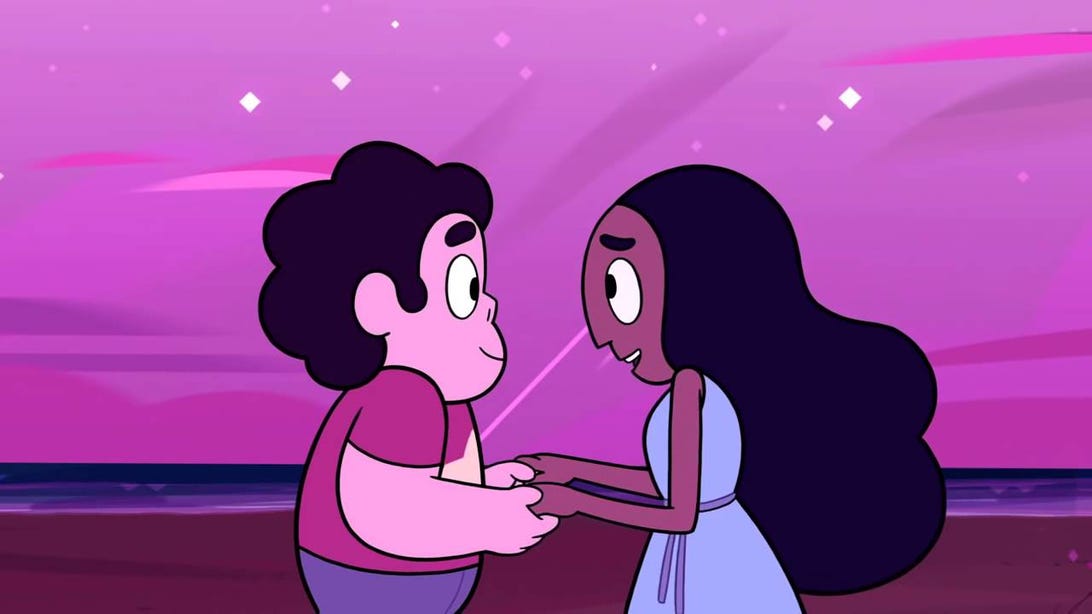
It's normal for nonbinary people not to know who they are when they first discover their gender identity. In that sense, it's not important that Stevonnie declare themself to be explicitly nonbinary; it's more important for transgender children to see Stevonnie come to terms with their identity. And in that first episode at least, they never do. Audiences are ultimately left with a gender nonconforming character who is unsettled and unsure, unable to be at peace the with the joint personality they embody. In the first four seasons, that discomfort is never adequately addressed. Stevonnie later forms only when Steven and Connie need to jointly tackle a problem or fight a villain, not when the two feel a distinct desire to experience their joint self. Without an ending that shows Stevonnie whole and at peace with themselves, we're left with the message that Steven and Connie's fusion is occasionally useful, but ultimately fraught. A tool rather than an exploration, Sugar's reading of Stevonnie seems to miss Garnet's initial point, and by leaving the character undefined Stevonnie is boxed into the corner that screams that their identity doesn't matter unless it benefits others.
Mary Martin's Peter Pan may have given me a window to myself, but it also left me confused and frustrated, unable to name the feelings I was experiencing until I was given the language to do so more than a decade later. The lack of relatable characters elsewhere on television made me feel isolated, like there was something wrong with me. Steven Universe tiptoes closer to true LGBT representation, giving children characters who wrestle with their gender or sexuality while still receiving love and comfort from their community. But until show creators and TV networks are willing to create human characters who are open about their sexuality and gender identity, LGBT children will still be left to fill in the blanks.
If we want children to grow up unashamed of who they are, we have to give them more than just a metaphor.
